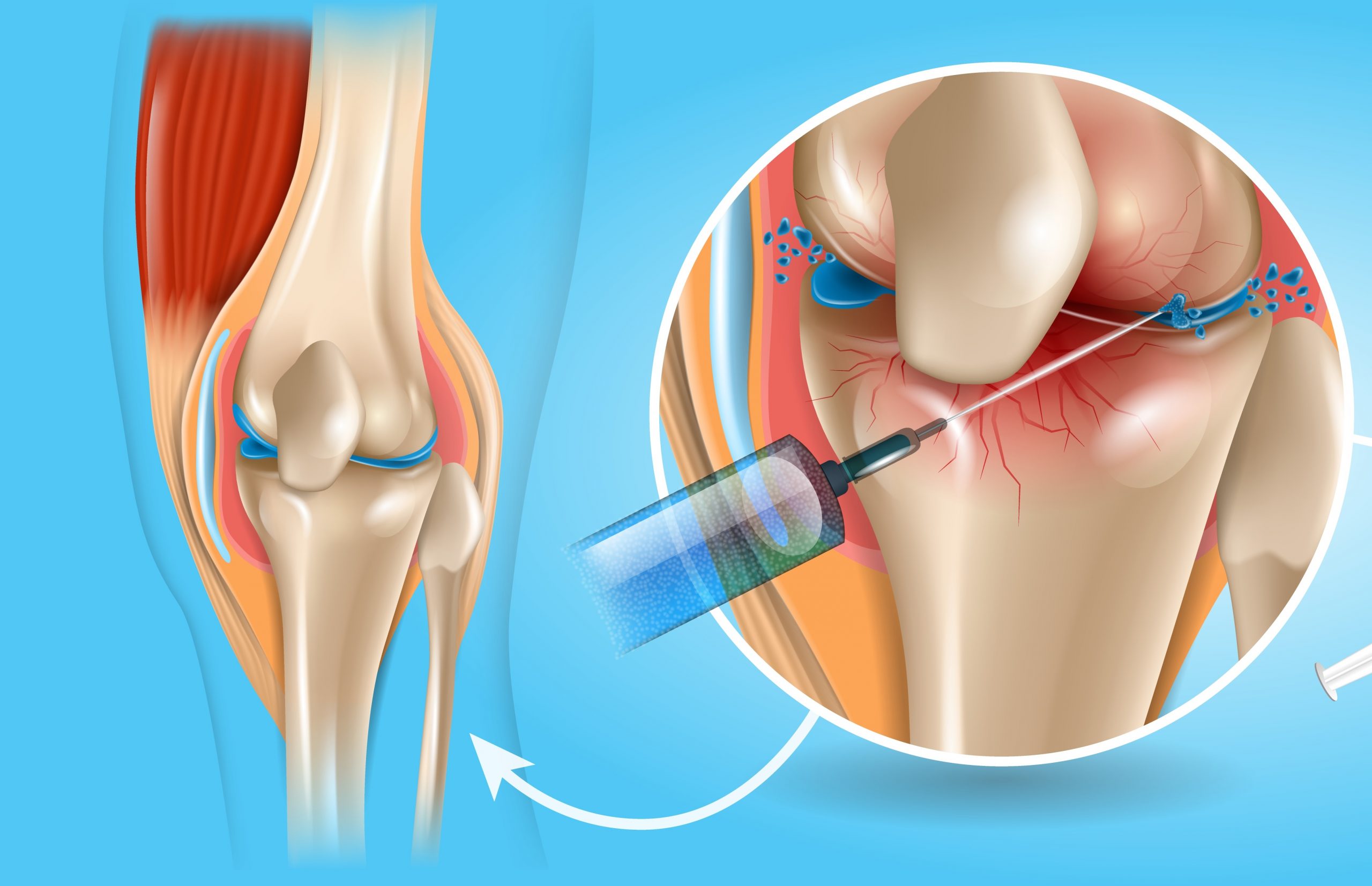A heart attack, medically known as a myocardial infarction, is a life-threatening event that demands immediate medical attention. Understanding how a heart attack occurs can help you recognize the warning signs and seek timely treatment. Hospitals like AMRI Hospital Mukundapur are equipped with state-of-the-art facilities and experienced cardiologists who provide advanced care for heart attack patients. This post delves into the mechanisms behind a heart attack, its causes, symptoms, and the critical steps needed for prevention and treatment.
The Basics: What is a Heart Attack?
A heart attack happens when the flow of oxygen-rich blood to a section of the heart muscle is blocked. If the blood flow isn’t restored quickly, the affected heart muscle begins to die due to a lack of oxygen. The longer the blockage persists, the greater the damage to the heart muscle. This blockage is most commonly caused by a buildup of plaque—a combination of fat, cholesterol, and other substances—in the coronary arteries, which supply blood to the heart.
How Does a Heart Attack Occur?
-
Coronary Artery Disease (CAD): The Primary Culprit
- The most common cause of a heart attack is coronary artery disease (CAD). CAD occurs when the coronary arteries, which supply blood to the heart muscle, become narrowed or blocked due to the buildup of plaque. This condition is known as atherosclerosis.
- Over time, plaque deposits can harden and narrow the arteries, reducing blood flow to the heart. This reduced blood flow can lead to chest pain (angina), especially during physical activity or stress. If a plaque deposit ruptures, it can trigger a heart attack.
-
Plaque Rupture and Blood Clot Formation
- A heart attack often occurs when a plaque in a coronary artery ruptures or breaks open. This rupture causes the body to respond as it would to an injury—by forming a blood clot at the site of the rupture.
- The blood clot can quickly grow and block the coronary artery, completely cutting off the flow of oxygen-rich blood to the heart muscle. Without oxygen, the heart muscle cells in the affected area begin to die, leading to a heart attack.
-
Spasm of a Coronary Artery
- In some cases, a heart attack can occur without a blockage from a plaque rupture. Instead, a coronary artery spasm can restrict blood flow. This spasm is a sudden and temporary narrowing of the coronary artery, reducing blood flow to the heart.
- Spasms can occur in coronary arteries that are not significantly blocked by plaque. Factors such as smoking, stress, or the use of drugs like cocaine can trigger coronary artery spasms.
Risk Factors for a Heart Attack
Several risk factors increase the likelihood of developing coronary artery disease and experiencing a heart attack:
-
High Blood Pressure (Hypertension):
- High blood pressure can damage the arteries over time, making them more susceptible to atherosclerosis. Hypertension forces the heart to work harder, increasing the risk of a heart attack.
-
High Cholesterol:
- Elevated levels of low-density lipoprotein (LDL) cholesterol, often referred to as “bad” cholesterol, contribute to plaque formation in the arteries. Conversely, high-density lipoprotein (HDL) cholesterol, known as “good” cholesterol, helps remove cholesterol from the arteries.
-
Smoking:
- Smoking damages the lining of the arteries and contributes to the buildup of plaque. It also raises blood pressure and reduces the amount of oxygen that reaches the heart, increasing the risk of a heart attack.
-
Diabetes:
- Diabetes increases the risk of heart disease and heart attacks. High blood sugar levels can damage blood vessels and nerves that control the heart.
-
Obesity:
- Excess body weight is associated with high blood pressure, high cholesterol, and diabetes, all of which are risk factors for heart attacks.
-
Sedentary Lifestyle:
- Lack of physical activity can lead to obesity and other health conditions that increase the risk of a heart attack. Regular exercise helps maintain heart health by improving blood flow and reducing blood pressure.
-
Unhealthy Diet:
- Diets high in saturated fats, trans fats, cholesterol, and sodium can contribute to the development of coronary artery disease. A diet low in fruits, vegetables, and whole grains can also increase the risk of heart problems.
-
Stress and Mental Health:
- Chronic stress, depression, and anxiety can negatively impact heart health. Stress can raise blood pressure and contribute to unhealthy coping mechanisms like smoking or overeating.
Symptoms of a Heart Attack
Recognizing the symptoms of a heart attack is crucial for seeking timely medical help. Common symptoms include:
-
Chest Pain or Discomfort: The most common symptom of a heart attack is chest pain or discomfort, often described as pressure, squeezing, or a feeling of fullness. This pain may last for several minutes or come and go.
-
Pain Radiating to Other Areas: Heart attack pain can radiate to the shoulders, arms, back, neck, jaw, or stomach. It is not always limited to the chest.
-
Shortness of Breath: Shortness of breath may occur with or without chest discomfort. It can happen during rest or physical activity.
-
Nausea, Indigestion, or Stomach Pain: Some people may experience gastrointestinal symptoms like nausea, indigestion, or stomach pain during a heart attack.
-
Sweating: A cold sweat or unexplained perspiration can be a sign of a heart attack.
-
Lightheadedness or Dizziness: Feeling lightheaded, dizzy, or faint can occur during a heart attack, especially if blood pressure drops suddenly.
-
Fatigue: Unusual or unexplained fatigue, particularly in women, can be a symptom of a heart attack.
What to Do During a Heart Attack
If you suspect you or someone else is having a heart attack, immediate action is crucial:
-
Call Emergency Services: Dial emergency services immediately. Time is critical in treating a heart attack, and prompt medical attention can save lives.
-
Chew Aspirin: If the person is not allergic to aspirin, chewing a regular-strength aspirin (325 mg) can help thin the blood and reduce the severity of the heart attack.
-
Stay Calm and Rest: Keep the person calm and seated or lying down while waiting for emergency responders. Avoid physical exertion, which can further strain the heart.
-
Administer CPR if Needed: If the person loses consciousness and stops breathing, administer CPR (cardiopulmonary resuscitation) until emergency help arrives.
Treatment and Prevention of Heart Attacks
At hospitals like AMRI Mukundapur, heart attack patients receive comprehensive care, including emergency treatment, diagnosis, and ongoing management. Treatment options include:
-
Medications: Medications such as clot-busting drugs, blood thinners, beta-blockers, and ACE inhibitors can help restore blood flow, reduce the workload on the heart, and prevent future heart attacks.
-
Percutaneous Coronary Intervention (PCI): PCI, commonly known as angioplasty, is a procedure to open blocked arteries using a balloon catheter and a stent. It helps restore blood flow to the heart muscle.
-
Coronary Artery Bypass Grafting (CABG): CABG is a surgical procedure that creates a new pathway for blood to flow to the heart by bypassing blocked arteries.
-
Lifestyle Changes: Adopting a heart-healthy lifestyle is crucial for preventing heart attacks. This includes a balanced diet, regular exercise, maintaining a healthy weight, quitting smoking, and managing stress.
-
Cardiac Rehabilitation: A structured program of exercise and education, cardiac rehabilitation helps heart attack patients recover and reduce the risk of future heart problems.
Conclusion
A heart attack occurs when the blood supply to a part of the heart muscle is blocked, often due to coronary artery disease or a ruptured plaque. Recognizing the risk factors and symptoms of a heart attack is essential for timely intervention and treatment. Hospitals like AMRI Hospital Mukundapur Kolkata offer advanced cardiac care to diagnose, treat, and prevent heart attacks. By understanding the causes and adopting a heart-healthy lifestyle, you can significantly reduce the risk of experiencing this life-threatening condition.




